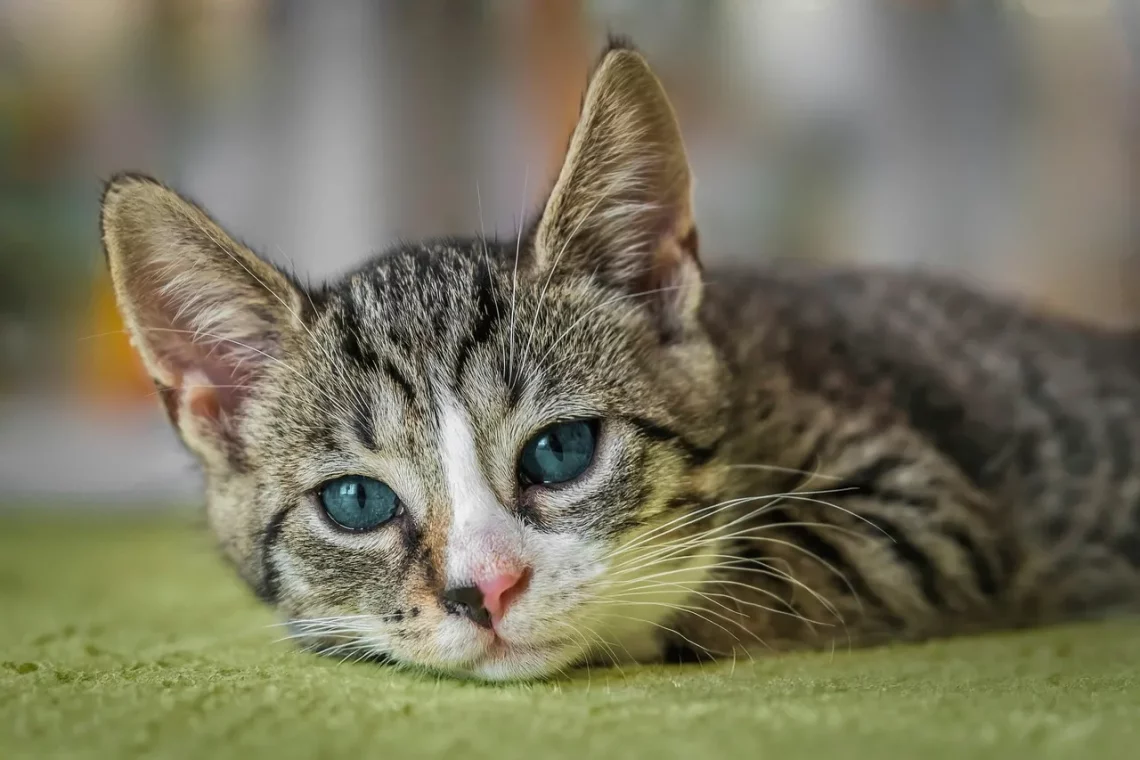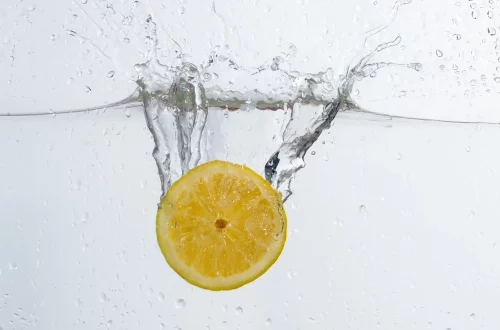
Recognizing Symptoms of Parvo in Cats: A Comprehensive Guide
Understanding the health of our feline companions is central to responsible pet ownership. Among the various diseases that can affect cats, parvovirus is one of the most concerning, especially for young and unvaccinated animals. This highly contagious virus primarily impacts the gastrointestinal tract, leading to severe health complications and, in some cases, can be fatal. The recognition of the symptoms associated with parvo is crucial for early intervention and treatment, significantly improving the chances of recovery.
Parvovirus in cats, often referred to as feline parvovirus or feline panleukopenia, is particularly insidious due to its rapid onset and the severity of its effects. The virus can spread through direct contact with an infected cat or indirectly through contaminated environments, such as grooming tools or food bowls. Understanding the symptoms can empower cat owners to act swiftly, ensuring their pets receive the necessary medical attention.
This comprehensive guide aims to shed light on the various symptoms of parvo in cats. By familiarizing yourself with these signs, you can better protect your beloved pet and contribute to their overall health and well-being. Timely recognition and response can make all the difference in a cat’s fight against this virus.
Common Symptoms of Parvovirus in Cats
Identifying the symptoms of parvovirus in cats is essential for prompt action. The signs can vary in severity and may manifest differently depending on the age and health of the cat. The most common symptoms include diarrhea, vomiting, lethargy, and a loss of appetite.
Diarrhea is often one of the first signs that something is wrong. The stool may appear watery and can contain blood, indicating a severe gastrointestinal disturbance. This symptom is not only distressing for the cat but also leads to dehydration, which can be life-threatening if not addressed quickly. Consequently, monitoring your cat’s stool consistency and frequency is crucial.
Vomiting often accompanies diarrhea, and it can occur multiple times a day. A cat that is vomiting may also display signs of discomfort, such as arching its back or hiding. These behaviors indicate that the cat is feeling unwell and may need immediate veterinary assistance.
Lethargy is another significant indicator of parvovirus infection. A normally active cat may suddenly become withdrawn, preferring to sleep or lie in a quiet place. This sudden change in behavior often signals that the cat is in distress or pain.
Loss of appetite is also common, as an infected cat may feel nauseated and avoid food and water. This can exacerbate dehydration, making it critical for owners to encourage hydration and seek veterinary advice if their cat refuses to eat or drink for an extended period.
Additionally, other symptoms can include fever, a rapid heartbeat, and dehydration signs, such as dry gums and sunken eyes. These symptoms can escalate quickly, making it imperative to seek veterinary care as soon as any of them are observed.
Understanding the Transmission of Parvovirus
To effectively protect your cat from parvovirus, understanding how it spreads is crucial. The parvovirus is highly contagious and can survive in the environment for long periods, making it easy for cats to become infected, particularly in multi-cat households or shelters.
The virus is primarily shed in the feces of infected cats. Even a small amount of contaminated fecal matter can transmit the virus to other cats. This means that outdoor cats or those who frequently interact with other animals are at a higher risk of exposure. The virus can also be transmitted indirectly through contaminated surfaces, food bowls, litter boxes, or even human hands if they have been in contact with an infected cat.
Kittens are particularly vulnerable to parvovirus, as their immune systems are still developing. Vaccination is the best way to protect against this disease, and kittens should receive their vaccinations at an early age. However, even vaccinated cats can occasionally contract the virus, especially if they are exposed to a large viral load.
To minimize the risk of transmission, cat owners should maintain strict hygiene practices. Regularly cleaning litter boxes, food bowls, and any surfaces that cats come into contact with is essential. If you have multiple cats, isolating any that show signs of illness can help prevent the spread of the virus to healthy animals.
Additionally, be cautious when introducing new cats into your home. Always ensure that new pets are vaccinated and healthy before allowing them to interact with existing pets. Awareness and preventive measures are key to keeping your feline friends safe from parvovirus.
Diagnosis and Treatment Options for Parvovirus
If you suspect that your cat may have contracted parvovirus, seeking veterinary care is crucial. Diagnosis typically involves a combination of physical examinations, medical history, and specific tests to confirm the presence of the virus.
Veterinarians often perform blood tests to check for low white blood cell counts, which is a common indicator of parvovirus infection. They may also conduct fecal tests to detect the virus in the stool. Quick diagnosis is vital, as timely treatment can significantly improve the prognosis for your cat.
Treatment for parvovirus is primarily supportive, focusing on managing symptoms and preventing complications. Since the virus primarily affects the gastrointestinal tract, treatment often involves fluid therapy to combat dehydration and replenish lost electrolytes. This may require hospitalization, where the cat can receive intravenous fluids and medications to control vomiting and diarrhea.
In some cases, antibiotics may be administered to prevent secondary bacterial infections due to the compromised immune system. Nutritional support is also essential, as maintaining energy levels and overall health is vital during recovery.
While there is no specific antiviral treatment for parvovirus, the prognosis for infected cats can be good with prompt and adequate veterinary care. Early intervention is key, so monitoring your cat’s health and acting quickly at the first sign of symptoms is crucial.
As a cat owner, staying informed and proactive is your best defense against parvovirus. Regular veterinary check-ups and vaccinations are essential components of your cat’s healthcare routine.
**Disclaimer**: This article is not intended as medical advice. Always consult with a veterinarian for health-related concerns regarding your pet.




